Calvin’s identity continually changing
Calvin College has not always been the increasingly diverse campus that it is now. Calvin was originally founded by a Dutch immigrant community to train ministers. Since it was founded by and for the Dutch community, this was how Calvin saw itself: a school for the Reformed Dutch.
In the college’s early years, diversity was not a staple for the institution’s mission, often resulting in a lack of graduates from certain people groups. For example, the first female student did not graduate until 1905, about thirty years after the school’s founding in 1876. Furthermore, the first Asian student did not finish a degree program until 1918, the first African American graduates were in 1953 and the first Native American student did not graduate until 1956.
This is in contrast with several other Christian colleges in the Midwest that broke past the barriers to diversity much sooner than Calvin did. For instance, the first African American graduate at Wheaton College in Illinois was in 1866, nearly a hundred years before the first Calvin graduate of that ethnic origin. However, context is important to understanding the drastic difference between the colleges: Wheaton was founded by abolitionists, while Calvin was intended to feed ministers into the Christian Reformed Church (CRC).
At Calvin, the classes themselves were so comprised of Dutch immigrants that the classes were in Dutch and therefore inaccessible to minorities at the time.
Michelle Loyd-Paige, the executive associate to the president for diversity and inclusion, offered insight into the reasons for this.
“If [Calvin] started as a place specifically for the teaching and raising up of Christian Reformed pastors, and the classes were in Dutch, then it is kind of hard to get African Americans into the classroom,” said Loyd-Paige.
Loyd-Paige raises more questions that need to be addressed before judgement can be made: How did Calvin’s location in Grand Rapids affect the cultural climate of the school? What about students who were admitted but did not graduate from Calvin? Was it that the doors to the college were shut to specific ethnic groups or did nobody mention that they were open? Does Calvin’s previous lack of diversity have implications for its current march of progress?
Though the context of how Calvin saw itself as an institution is critical to understanding its history, it was not the only barrier to creating a diverse school.
Loyd-Paige reiterated that on top of the school’s original function, the school was and remains the official school of the CRC and therefore it cannot change policy on issues that the CRC has not previously wrestled with. In other words, Calvin could only educate certain ethnic groups if their decision did not go against CRC synodical decisions.
Bashing the institution for their sometimes uninviting history may not be fair because often it was out of Calvin’s control. According to Loyd-Paige, as times changed so did the institution, and it saw itself differently, gradually becoming a more diverse and inclusive college. This change is reflected in that it took Calvin nearly 20 years after its inception as a school to integrate English into non-theological courses. At that point, the doors began opening to the non-Dutch.
The change in the school’s mission from training Reformed ministers to a broader definition of educating Christians of varied trades could help explain why the the school started to become an institution that valued inclusion.
Eventually the administration recognized the need for diversity within the college. This is why in 1985 the school adopted a “Comprehensive Plan” and later in 2004 a revised version known as the “From Every Nation” (FEN) document. Both of these documents went about the issues of ethnic diversity in their own respective ways.
The “Comprehensive Plan” was an inclusive approach, while FEN aims to promote plans with intentions of “transforming Calvin into a college that is always vigilant in recognizing racism, always conscientious in promoting reconciliation, and always active in the work of restoring a healthy multicultural community” (FEN, p. 8).
Practically, what does FEN look like? According to Lloyd-Paige, the strategies documented in FEN translate practically through campus climate surveys and institutional evaluations, programs like Entrada, Safer Spaces, and Perkins, as well as events like the sexuality series. A timeline of the school’s diversity measures can be found on the Calvin website.
Today, Calvin is a much different place than it was in the 1890s. Not only are classes taught in English, but the student population has diversified drastically. Females now make up the majority gender of the student population. AHANA students, an acronym to describe American students of African, Hispanic, Asian and Native American descent, make up around 15 percent of the student body.
International students, who are not considered AHANA because they are not permanent residents of the United States, comprise more than 10% of the overall student population.
Calvin is an ever-changing educational institution, and its identity has evolved much since its Dutch origins, becoming a school devoted to training students of all departments “to think deeply, to act justly, and to live wholeheartedly as Christ’s agents of renewal in the world.”



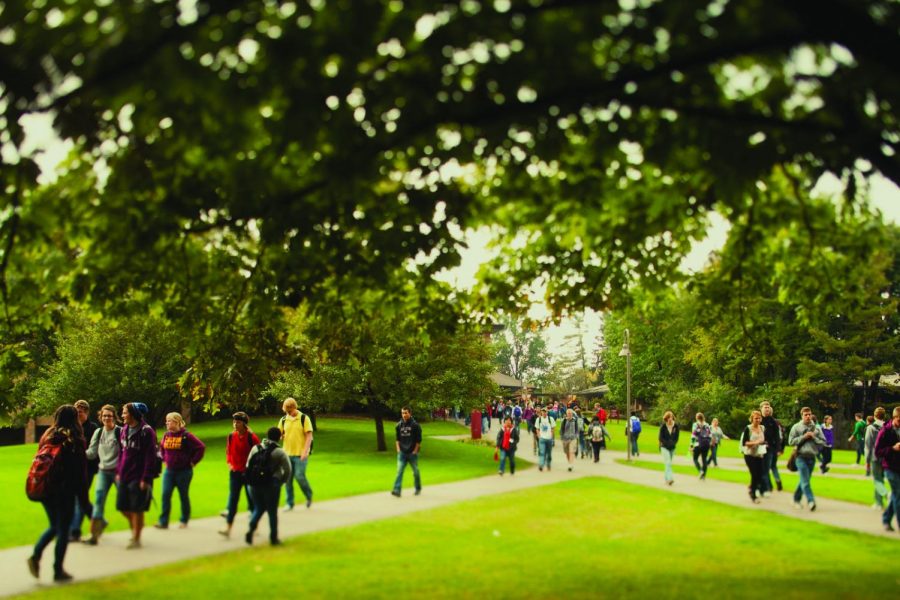
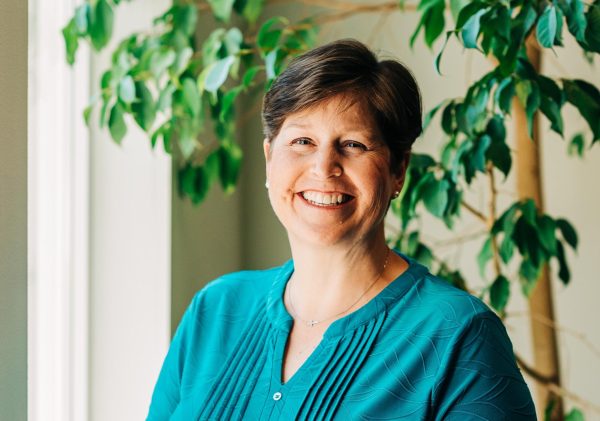
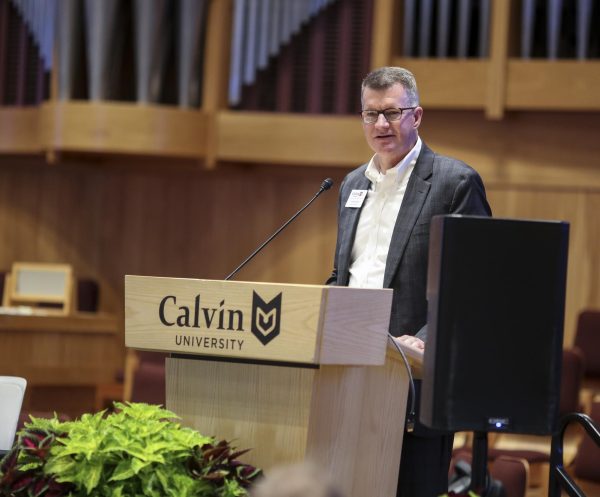
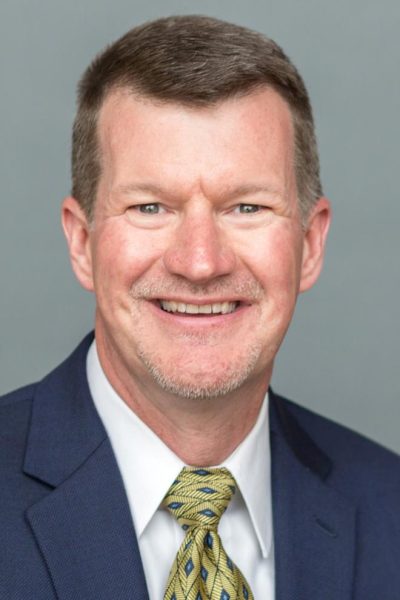
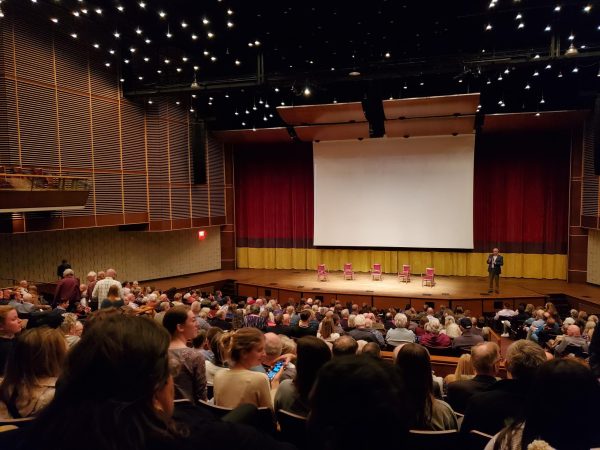
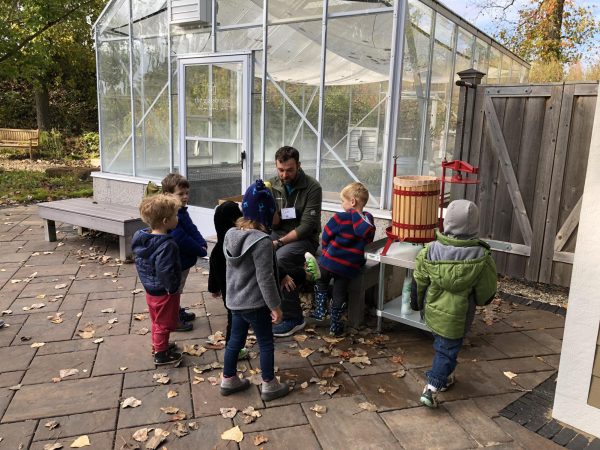
Sue Reyes • Oct 28, 2017 at 10:49 am
Interesting article. Enjoyed the historical information and staff interviews. Most enjoyable for me was the information on the positive changes and plans for the future. Great job.
Tonia Herron • Oct 27, 2017 at 2:48 pm
Well written. Thank you for your informative piece on the changes in diversity. ” Change is the only thing that is ever consistent” s phrase I learned as a soldier over 20 years ago and it remains true still.